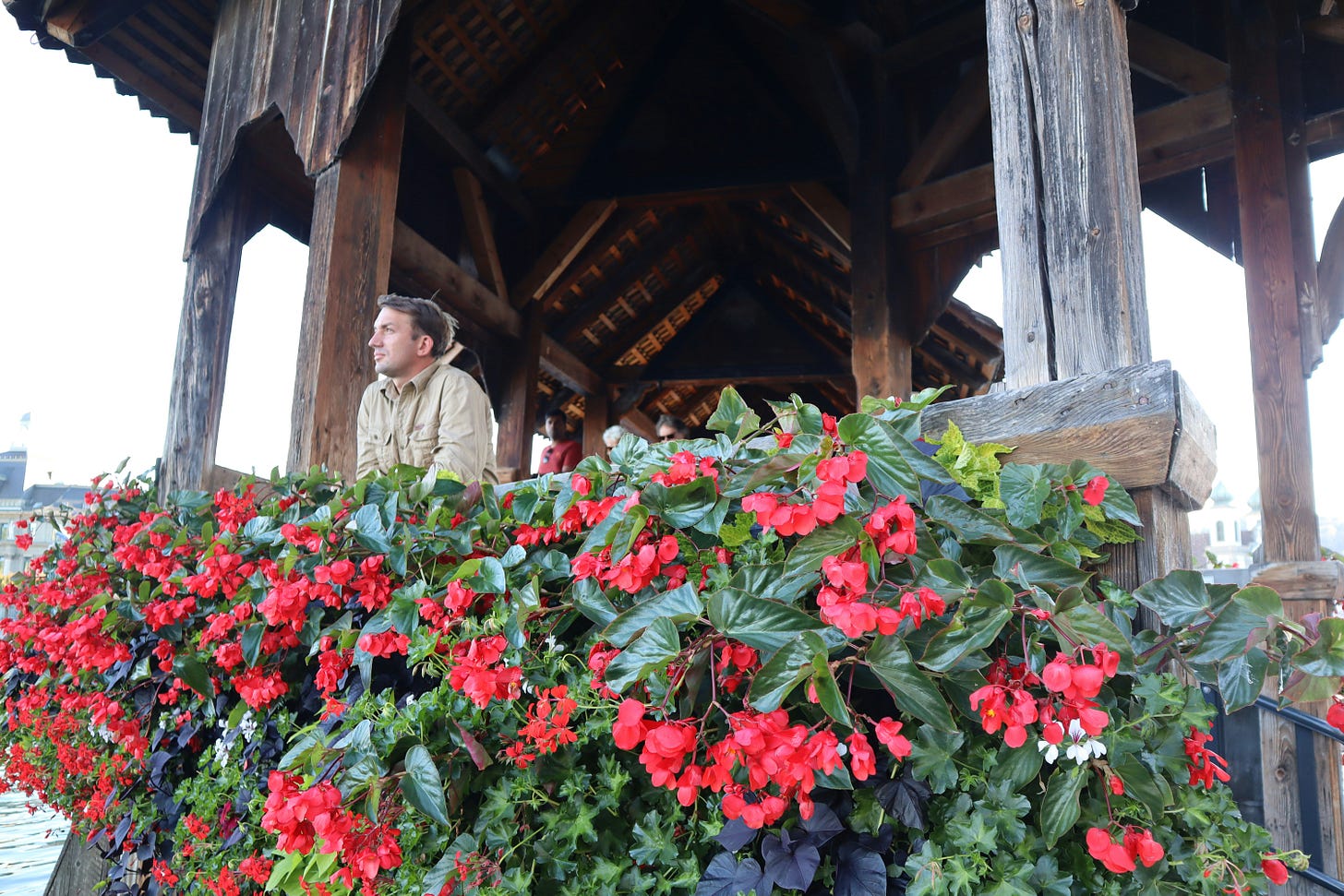A Call for Wild Religion
Resist the Allure of the Perfect

Until I watched the first cartoons he starred in, I had no idea that Mickey Mouse used to be wild. In those first cartoons Mickey throws potatoes at a parrot, fights a goat, brings down skyscrapers, builds airplanes, and splits Donald Duck’s flute in half. His mischievous antics still make my kids laugh today, 100 years after they hit the silver screen.
Tragically, as Disney became an institution, Walt caved to worries that Mickey would be a bad influence on kids. So he made Mickey perfect — cheery, bland, safe, and forgettable. That’s the Mickey I knew growing up. A vapid high-vocaled mascot.
I wonder whether something similar happened with Jesus. Not the silly cartoony stuff, of course. I just wonder whether Jesus was similarly swallowed up and un-wilded by the institution that worshiped him. The living Jesus was a poverty-stricken carpenter who preached about an inverted kingdom, broke the Sabbath, and lashed out at the powerful. The institutionalized Jesus, by contrast, is too often safe, clean, and without flaw — sitting on a throne, pronouncing lists of commandments.
At some level, this transformation makes sense. Institutions tend to celebrate whatever is lawful and dislike whatever is chaotic. That’s part of the appeal. People want something safe and predictable from their institutions so they can feel a sense of belonging, and tamed figureheads are safe and predictable.
But there’s at least one problem with institutions that lose their wildness: They aren’t living.
As such, they can’t wake us up.
To be living, religions must integrate the wild. They must be less like cities of steel and stone and more like gardens — like nature, structured. Gardens have borders, sure. But the boundaries are blurred. Birds and insects and worms come and go. Seeds travel in and out. Rains pour from the skies, or not. When there’s so much happening across borders, where, precisely, does a garden end and begin?
Wild religion is similar. Yes, there’s structure so people can gather together, but the structure sits inside a living system that’s far bigger than the structure. Like how Jesus participated in the structure of Judaism while criticizing it and stretching beyond its limits. Was he “in” or was he “out” of his religion? The answer is yes. That’s what wild religion looks like.
Maybe the same could be said of all religious founders. Buddha studied under Vedic masters and then sat under the bodhi tree, Muhammad was versed in the religious conversations of his day and then entered a cave, Lao Tzu belonged to the city but only wrote the Tao Te Ching as he left, Moses grew up in the courts and died in the wilderness, and so on. They each channeled something living because they were open to the wild — to that which cannot be predicted.
That which cannot be predicted is evolving, and that which is evolving is alive. It is not perfect. It is wild.

I love this —> “Jesus participated in the structure of Judaism while criticizing it and stretching beyond its limits. Was he “in” or was he “out” of his religion? The answer is yes. That’s what wild religion looks like.”
I love this concept. In defense of the organizational perspective, however, it's worth pointing out that if there is too much chaos, the charisma cannot be routinized, i. e. the continuity of church breaks down completely and the message is not transmitted from one generation to the next, and possibly lost forever, until new prophets emerge to deal with similar problems, often ones who are completely ignorant of the prior efforts of other prophets, an understanding of which could be of significant benefit to them.